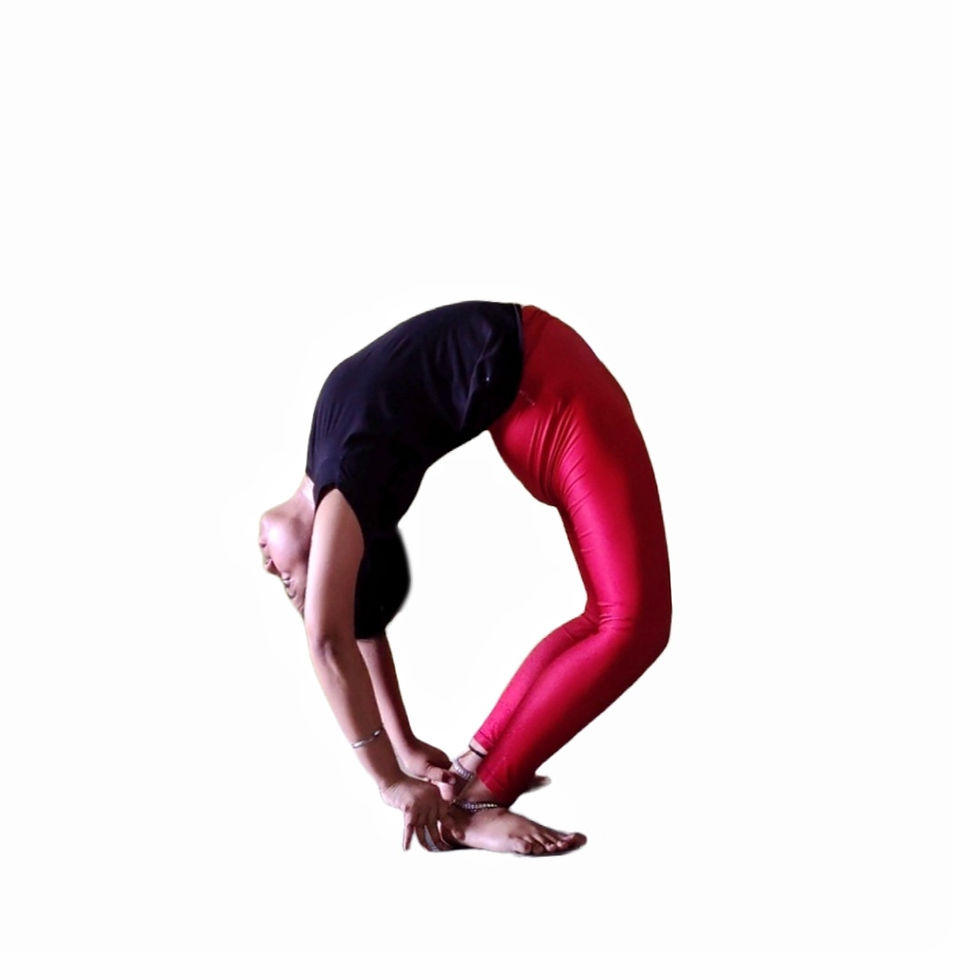What is the Purpose of asana practice?
- Niranjani c
- Sep 30, 2023
- 2 min read

Do you think the goal or purpose of asana practice is to touch the toes? Put the leg behind our head or stand in handstand? We tend to define fitness mostly through body mass index, the number of calories we burn, walking 10,000 steps a day, heart rate and so on. Most people practice yoga in the same mindset as a workout. Our minds feel more comfortable and satisfied when these certain goals are accomplished. Setting goals like that is perfectly fine as long as we don’t loose sight of the big picture.
When you look at the traditional yogic text, you won't find any information about muscles, fitness or physical accomplishments. Instead yogis concerned themselves with nourishing the Koshas (The 5 layers of the being) for our energy and support.
For Yogis the goal or purpose of asana practice is defined as:
* Sthiram: Stable structure that can remain upright and balanced.
* Sukham: Ease of movement to enable us to do whatever we want to do, and freedom from physical pain.
* Arogyam: overall well-being" and "health of mind, body and spirit." Generally speaking, it means living a healthy life without disease and having complete health in mind and body.
*Angalaghavam: Feeling of lightness in the body. It allows us to move through the day with fluidity, grace and confidence.
* Dvandvanabhighatah: Ability to withstand change.
*Sthairyam: Sthairyam is a Sanskrit word that translates as “steadfastness". It is the determination to stay on the yogic path to self-knowledge and Self-realization.
* To remove blockages that restricts the flow of Prana in specific areas of the body.
* Preparation for the other anga's of yoga.
What about Strength and flexibility? Practicing asana makes us stronger and more flexible, helps us relieve physical discomfort, cultivates agility and resilience but the goal or purpose is not that. Strength and flexibility is an added bonus.
According to sutra 2.47, one of the most important aspects of an asana practice is prayatna shaithilya, which means “appropriate effort”. Traditionally, the practice of asana was always considered as an integral part of a holistic practice, never as a fitness system.” Whatever we do with our physical bodies has no value in and of itself unless we apply it to living a more balanced, mindful and conscious life.


